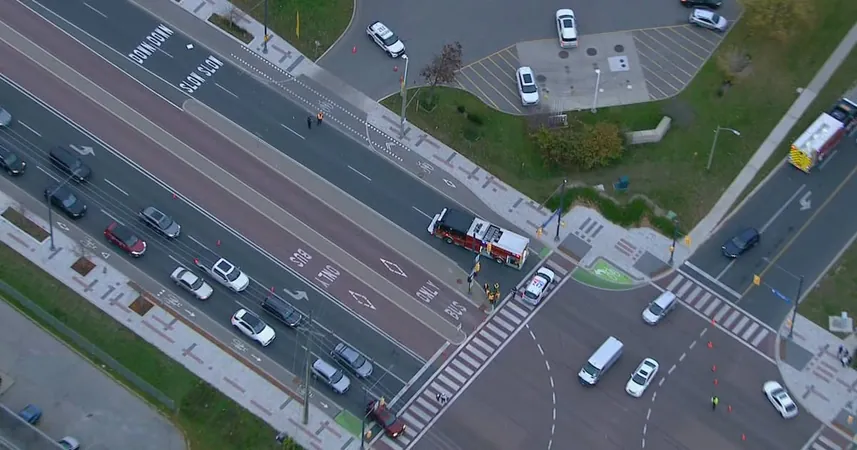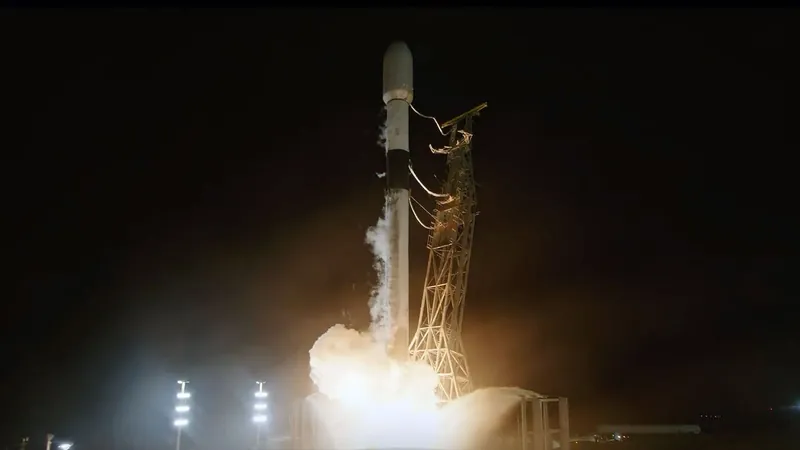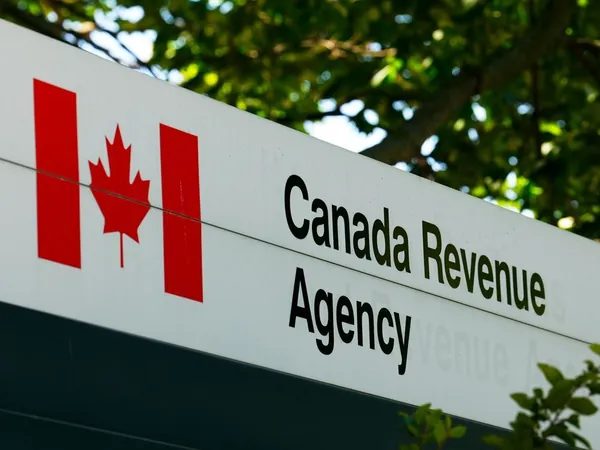
China Unleashes 10 Trillion Yuan Debt Support Package: Is it Enough to Rescue Local Governments?
2024-11-08
Author: William
In a significant financial maneuver, China has rolled out a monumental support package amounting to 10 trillion yuan aimed at alleviating the burden on debt-stricken local governments. However, many analysts are expressing disappointment as the relief plan falls short of the “bazooka” stimulus measures that were highly anticipated.
The newly announced fiscal package includes a substantial increase in the debt ceilings for local governments by 6 trillion yuan (£646 billion) over the next three years. This measure is intended to help local authorities replace what is known as "hidden debt," which has reportedly ballooned to a staggering 14.3 trillion yuan by the end of 2023. Hidden debt is essentially borrowing that local governments are obligated to repay but have not fully disclosed to the public or other creditors, according to the International Monetary Fund.
Officials assert that the new strategy will significantly reduce this clandestine debt to around 2.3 trillion yuan by 2028. The story of hidden debt in China has grown increasingly complex, particularly following the 2008 financial crisis when local governments leveraged financing vehicles to fund grand infrastructure projects. The South China Morning Post highlights that as debts surged, many local administrations were compelled to slash civil servant salaries and hold back wages, exacerbating deflationary pressures within the economy.
Describing the package as the “most powerful debt reduction measure in recent years,” state broadcaster CCTV emphasized that these initiatives would enable local governments to better foster economic development and safeguard citizens' livelihoods.
Despite this optimistic rhetoric, experts like Professor Victor Shih from the University of California San Diego caution against excessive optimism regarding the package's effectiveness. Shih argues that the debt relief plan is closer to an “accounting exercise” than a genuine bailout for local governments, noting that it merely shifts hidden debt onto the public books without addressing issues like unpaid civil servant wages. He provocatively suggests that the true extent of the hidden debt could be much higher—potentially as much as 50 trillion yuan or more—dismissing the official figures as misleading.
The announcement followed a prolonged meeting of the National People’s Congress standing committee, the highest lawmaking body within the Chinese Communist Party. Analysts had been hoping for bolder initiatives to bolster consumer spending and stimulate the country's faltering economy, especially as GDP growth dipped to 4.6% in the third quarter of 2024, falling short of the targeted 5%.
Finance Minister Lan Fo’an hinted that further measures are forthcoming but provided no specifics. Some observers speculate that Beijing may have been waiting for the U.S. election outcome before unveiling this plan, particularly given Donald Trump’s campaign promise to impose heavy tariffs on Chinese exports.
“Exports have been the primary engine driving China’s economic growth for the past four years. Therefore, without additional government stimulus, growth is poised to come under significant pressure if tariffs are enacted by the United States,” warned financial analysts.
As local governments grapple with their mounting debts and a slowing economy, the question remains: will this 10 trillion yuan package suffice to turn the tide, or is China heading for a much deeper economic crisis? Stay tuned, as unfolding events will heavily influence the economic landscape, both within China and globally.









 Brasil (PT)
Brasil (PT)
 Canada (EN)
Canada (EN)
 Chile (ES)
Chile (ES)
 España (ES)
España (ES)
 France (FR)
France (FR)
 Hong Kong (EN)
Hong Kong (EN)
 Italia (IT)
Italia (IT)
 日本 (JA)
日本 (JA)
 Magyarország (HU)
Magyarország (HU)
 Norge (NO)
Norge (NO)
 Polska (PL)
Polska (PL)
 Schweiz (DE)
Schweiz (DE)
 Singapore (EN)
Singapore (EN)
 Sverige (SV)
Sverige (SV)
 Suomi (FI)
Suomi (FI)
 Türkiye (TR)
Türkiye (TR)